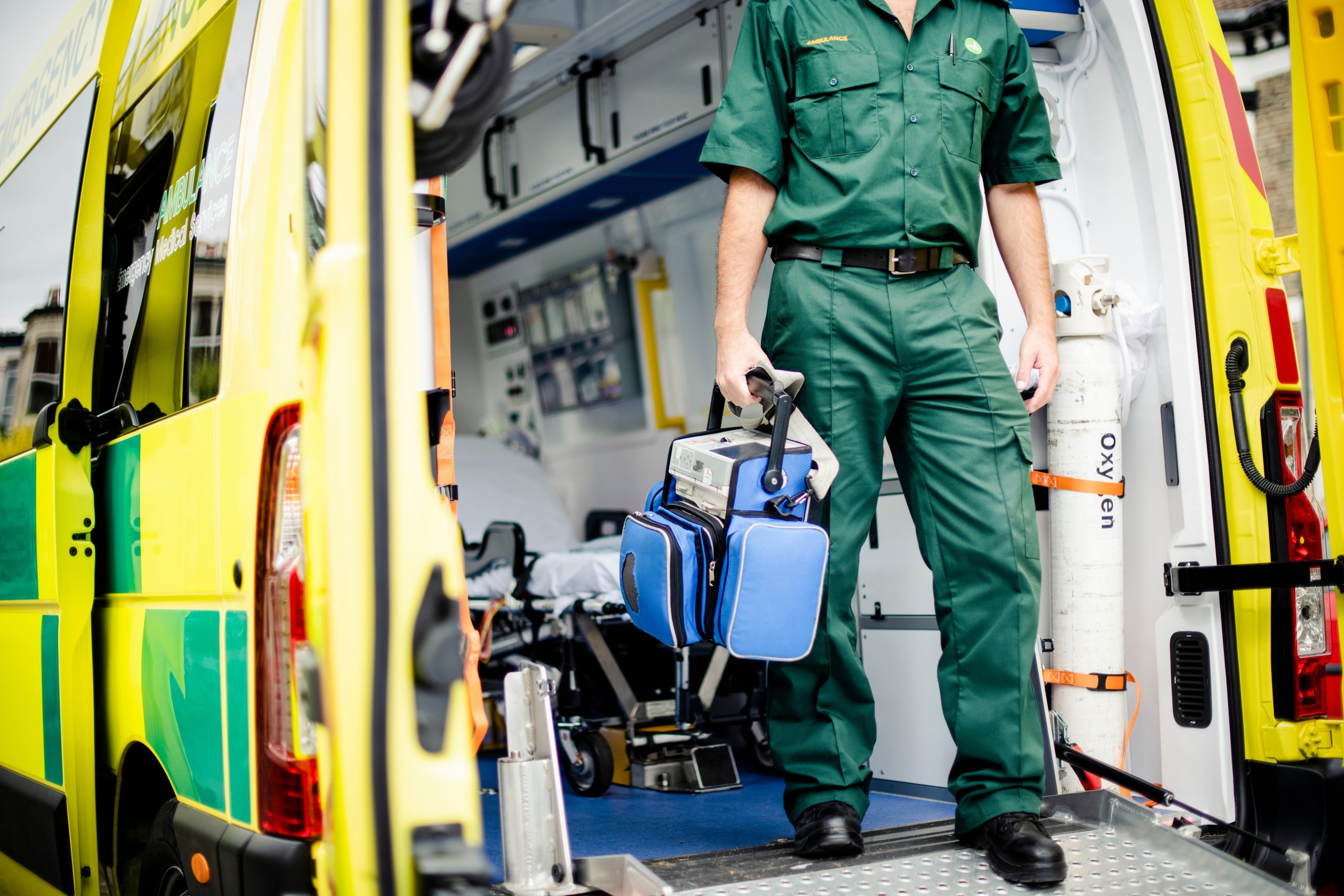
The latest innovations in the ambulance industry
How New Technologies and Global Events are Shaping the Future of Ambulance Services
Technological Innovations
The ambulance sector is undergoing a period of significant technological transformations that are revolutionizing the way emergency services are provided. The introduction of Radio Frequency Identification (RFID) has been a breakthrough, improving both the effectiveness and efficiency of operations. This technology allows real-time monitoring of equipment on board, ensuring that nothing is missing and that everything is in working condition. This aspect is crucial in emergency situations where every second counts, and immediate access to the right equipment can make the difference between life and death. Additionally, RFID technology helps prevent losses or forgetfulness of vital equipment during hectic rescue and transport operations. Besides RFID, other technological advancements are emerging, such as specialized ambulance vehicles and advanced communication systems that enable more effective coordination between rescue teams and control centers. These developments not only increase patient safety but also reduce human errors and enhance operational efficiency, allowing personnel to better focus on saving lives.
Global Challenges and Humanitarian Aid
Ambulances play a crucial role in responding to global crises and disasters. An example is the free ambulance service in Somalia, which operates in extremely challenging and often dangerous conditions, demonstrating heroic commitment to saving lives in emergency situations. These services are essential in contexts where medical support is limited, highlighting the importance of ambulance services in crisis settings.
Pressures on Ambulance Services
Ambulance services are facing increasing pressures, as evidenced by recent strikes by personnel in various parts of the world, including England. These actions reflect the challenges of a sector under stress, such as workload and difficult working conditions. These pressures underscore the importance of adequately supporting and investing in emergency services to ensure their ability to respond effectively.
International Collaborations and Training
The sector also benefits from international collaborations, as demonstrated by the Priority Ambulance initiative, which welcomed Australian paramedics into its international program. These collaborations not only help address staffing shortages but also promote the exchange of knowledge and skills on a global scale.
Sources


